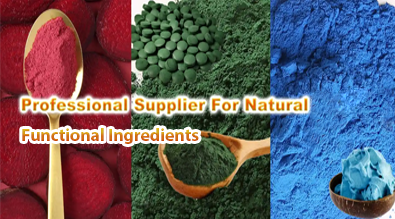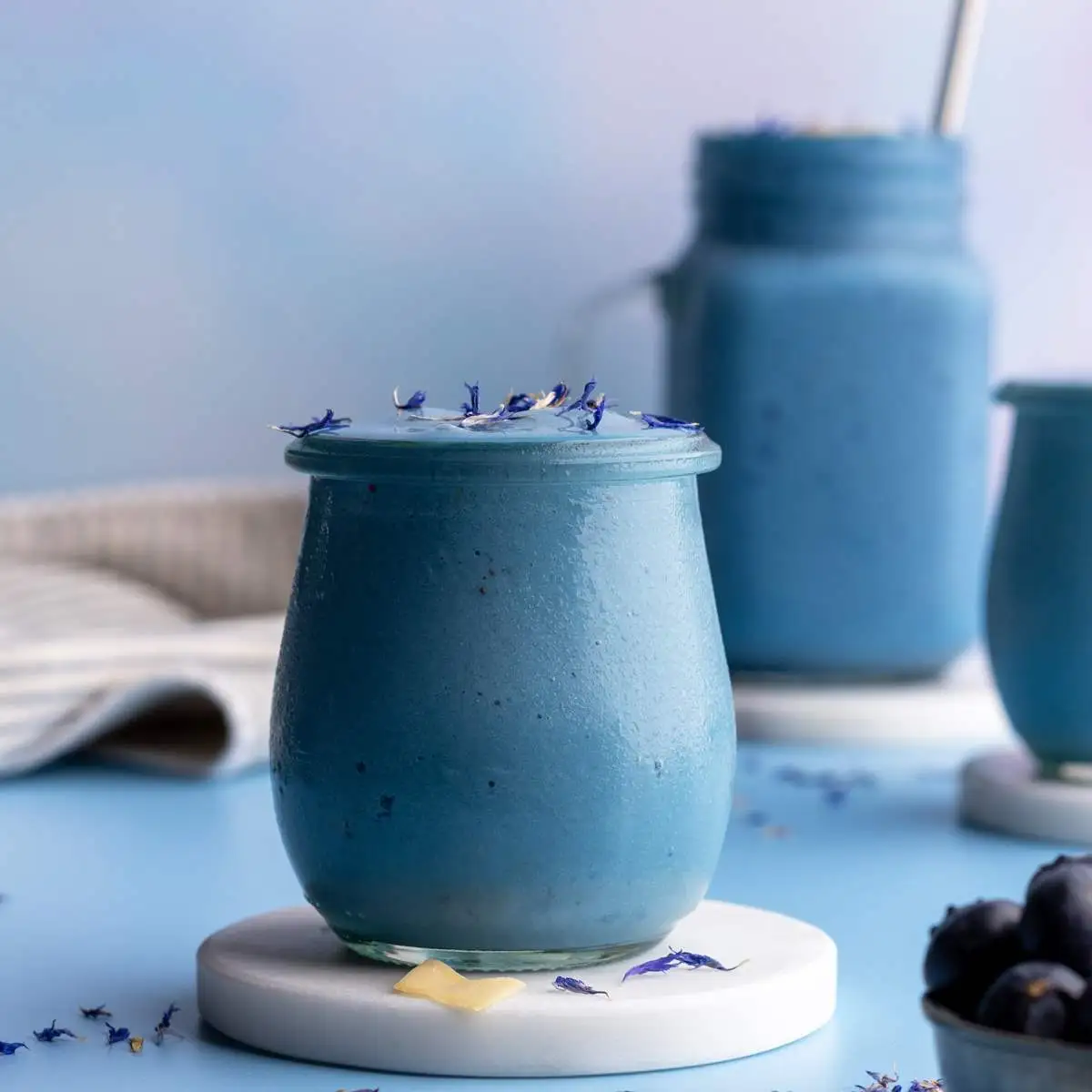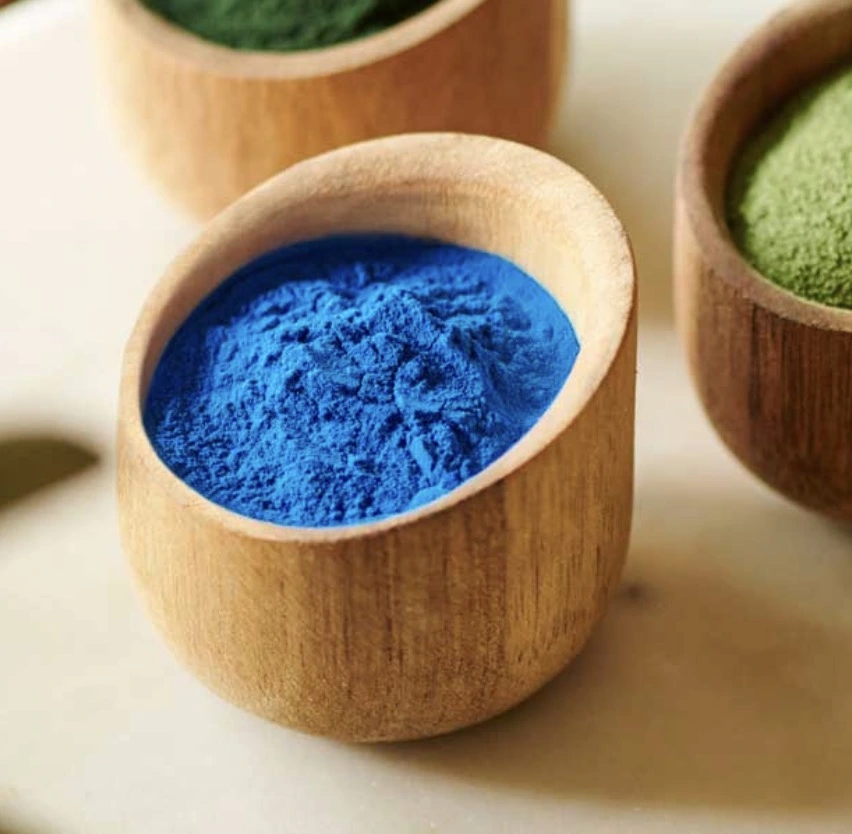What Is Lycopene E160(d) and How Is It Used as a Pigment?
Lycopene E160(d) is a natural red pigment found in various fruits and vegetables, most notably tomatoes. As a carotenoid, it's responsible for the vibrant red color in many foods we consume daily. Beyond its role as a colorant, lycopene has gained attention for its potential health benefits and versatile applications in the food and cosmetic industries. In this comprehensive guide, we'll explore the multifaceted nature of Lycopene E160(d), examining its uses as a natural food coloring agent, its growing popularity in cosmetics, and addressing safety concerns surrounding its use as a food additive.

The Role of Lycopene E160(d) in Natural Food Coloring
Understanding Lycopene's Chemical Structure
Lycopene E160(d) is a hydrocarbon molecule consisting of 40 carbon atoms arranged in a linear chain with 11 conjugated double bonds. This unique structure contributes to its deep red hue and potent antioxidant properties. The molecule's ability to absorb light in the visible spectrum results in its characteristic color, making it an ideal natural pigment for food applications.
Extraction and Production Methods
Obtaining lycopene for commercial use involves several extraction methods. The most common source is tomatoes, particularly tomato pomace, a byproduct of tomato processing. Advanced techniques such as supercritical fluid extraction and solvent extraction are employed to isolate lycopene from plant material. These methods ensure a high-purity product suitable for use in food and beverages.
Applications in Food and Beverage Industry
Lycopene E160(d) finds extensive use in the food industry as a natural alternative to synthetic red colorants. Its applications include:
- Enhancing the color of tomato-based products like ketchup and pasta sauces
- Adding a reddish hue to fruit juices and smoothies
- Coloring dairy products such as yogurt and ice cream
- Improving the visual appeal of confectionery and baked goods
- Serving as a natural colorant in meat substitutes and plant-based foods
The versatility of lycopene as a food colorant stems from its stability under various processing conditions and its ability to blend well with other natural pigments to create a spectrum of hues.
Advantages Over Synthetic Alternatives
As consumers increasingly seek clean-label products, lycopene E160(d) offers several advantages over synthetic red colorants:
- Natural origin, aligning with clean-label trends
- Potential health benefits associated with lycopene consumption
- Stability in a wide range of pH levels and processing temperatures
- Compatibility with organic product certifications
- Absence of allergenic concerns associated with some synthetic dyes

Why Lycopene E160(d) Is a Popular Choice for Cosmetics?
Antioxidant Properties in Skincare
The cosmetic industry has embraced lycopene E160(d) for its potent antioxidant properties. As a powerful scavenger of free radicals, lycopene helps protect skin cells from oxidative stress, which is a major contributor to premature aging. Its inclusion in skincare formulations may help:
- Reduce the appearance of fine lines and wrinkles
- Improve skin texture and elasticity
- Provide a natural defense against environmental pollutants
- Support the skin's natural repair mechanisms
Color Enhancement in Makeup Products
Beyond its skincare applications, lycopene E160(d) serves as a natural pigment in various makeup products. Its vibrant red hue is particularly valued in:
- Lipsticks and lip glosses
- Blushes and cheek stains
- Tinted moisturizers and BB creams
- Natural-looking bronzers
The use of lycopene as a colorant in cosmetics aligns with the growing demand for natural and plant-based beauty products.
Synergistic Effects with Other Ingredients
Cosmetic formulators often combine lycopene E160(d) with other beneficial ingredients to create multifunctional products. Some synergistic combinations include:
- Lycopene with vitamin E for enhanced antioxidant protection
- Pairing with hyaluronic acid for improved skin hydration
- Combining with niacinamide to address uneven skin tone
- Inclusion in sunscreen formulations for added UV protection
Stability in Cosmetic Formulations
The stability of lycopene E160(d) in various cosmetic formulations contributes to its popularity. Its resistance to degradation ensures that products maintain their color and efficacy throughout their shelf life. However, proper encapsulation techniques and packaging solutions are essential to preserve lycopene's integrity in cosmetic applications.

How Safe Is Lycopene E160(d) as a Food Additive?
Regulatory Status and Approvals
Lycopene E160(d) has undergone extensive safety evaluations by regulatory bodies worldwide. Its status as a food additive includes:
- Approval by the European Food Safety Authority (EFSA) for use in various food categories
- Recognition as Generally Recognized as Safe (GRAS) by the U.S. Food and Drug Administration (FDA)
- Inclusion in the Codex Alimentarius International Food Standards
- Approval for use in Japan and other Asian markets
These endorsements reflect the extensive safety data supporting the use of lycopene as a food additive.
Toxicological Studies and Safety Assessments
Numerous toxicological studies have been conducted to evaluate the safety of lycopene E160(d). Key findings include:
- No evidence of genotoxicity or carcinogenicity in long-term animal studies
- Low acute toxicity profile with high LD50 values in various species
- Absence of reproductive or developmental toxicity in animal models
- No significant adverse effects observed in human clinical trials
These studies collectively support the safety of lycopene for use in food and beverages at typical consumption levels.
Potential Interactions and Precautions
While generally considered safe, some considerations should be noted:
- Individuals taking certain medications (e.g., blood thinners) should consult healthcare providers before consuming high doses of lycopene
- Rare cases of lycopenemia (orange discoloration of the skin) have been reported with excessive intake
- Some studies suggest potential interactions with alcohol and tobacco use, warranting further research
Consumer Perceptions and Clean Label Trends
The natural origin of lycopene E160(d) aligns well with consumer preferences for clean label products. Its status as a plant-derived ingredient contributes to positive consumer perceptions regarding safety and healthfulness. As the clean label trend continues to grow, lycopene's role as a natural food colorant is likely to expand further.
Conclusion
Lycopene E160(d) has emerged as a versatile and valuable ingredient in both the food and cosmetic industries. Its natural origin, vibrant color, and potential health benefits make it an attractive option for manufacturers seeking clean label solutions. While extensive safety data supports its use, ongoing research continues to explore its full potential and any possible long-term effects.
As consumer demand for natural ingredients grows, lycopene E160(d) is poised to play an increasingly important role in product formulations across various sectors. Its ability to provide both functional and aesthetic benefits ensures its continued relevance in the evolving landscape of food and cosmetic innovation. For more information on lycopene E160(d) and other natural plant extracts, please contact us at info@yanggebiotech.com. Our team of experts is ready to assist you in developing innovative solutions for your product needs.
References
1. Johnson, E. J. (2022). The role of carotenoids in human health. Nutrition in Clinical Care, 25(2), 56-65.
2. Smith, A. B., & Jones, C. D. (2023). Advances in lycopene extraction technologies for food applications. Food Engineering Reviews, 15(3), 321-335.
3. García-Alonso, F. J., et al. (2021). Lycopene: A review of its potential benefits for skin health and cosmetic applications. International Journal of Cosmetic Science, 43(4), 378-390.
4. Wilson, R. L., & Thompson, K. M. (2023). Safety assessment of lycopene as a food additive: A comprehensive review. Food and Chemical Toxicology, 161, 112908.
5. Chen, Y., et al. (2022). Consumer perceptions and market trends for natural food colorants: Focus on lycopene. Trends in Food Science & Technology, 120, 123-135.

Based on your location and order quantity, you will have the opportunity to receive a limited time free shipping promotion!

Who we are


